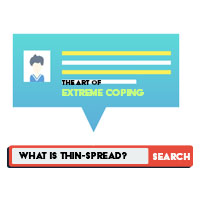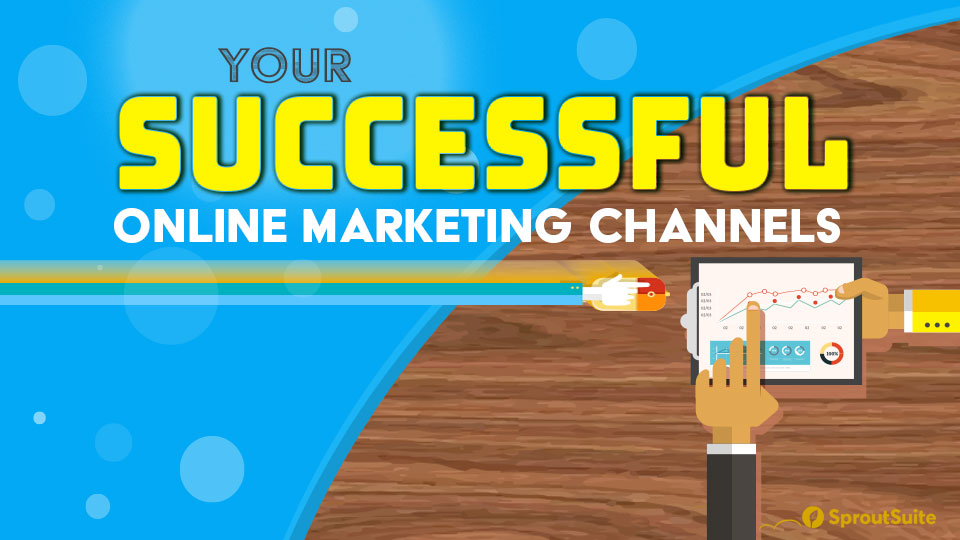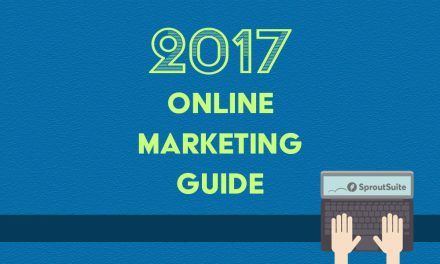 (Definition) Thin-spreading: the art of going all over the place trying to barely achieve anything. Extreme coping.
(Definition) Thin-spreading: the art of going all over the place trying to barely achieve anything. Extreme coping.
There are no limits on multitasking and no limits on ambitions. And there’s certainly no problem in doing it all! So the goal of this article is simply to bring an awareness on the ever-increasing online channels and suggest ways to maintain a sense of priority.
The ever-increasing number of digital channels
Youtube (born in 2015) wasn’t there when I started to do marketing online in 2013. Nor was Facebook (2014). And Twitter (2006). And gosh, then came Pinterest (2010). Golly, and what about Instagram (2010). What next, right?
So it’s important for a marketing company to discover the channels that work the best for your business and then nurture them.
The priorities and how to use those channels will vary for each company and industry.
Avoiding the “Thin-Spreaded” Phenomenon and Encouraging Deeper Exploration of Key Online Marketing Channels
I have seen many times successful actions being dropped simply because someone wanted to explore a new channel for a month or two. So here’s the technique I usually use for my clients:
- Make a list of all the successful channels.
- Then place them in order of importance.
- Make a plan on how you can re-enforce each one of those successful channels.
- Work really hard at achieve that plan!
- Find additional resources (time and money) to expand into different online channels.
- And that without dropping an ounce of what you are successfully doing on the other channels.
- Start implementing a new channel. And again, without slowing down what you are already doing that is bringing results.
- And finally, let’s suppose we have some success with a new channel we just started exploring, then I would recommend continuing it while again (again and again) making sure all the successful channels are maintained.
Doing this can only but help re-enforce what you are doing and help expand your reach!
Concentrate on the Main Channels First
I like to go where there’s a lot of people already and find ways to attract my audience’s attention.
In order to avoid the thin-spread phenomenon, I’ve put together a fast list of the main online channels along some tips:
Website:
- Though this may change in the future, at this time (day and age), a company’s website is in general the main focus.
- Create content
- Create CTAs (calls to action)
- Make sure that the message is easy
- Minimize how many clicks it takes to get to strategic products/pages/goals on the site
- Brand it well
- Have a definite USP (Unique Selling Proposition)
SEO (Search Engine Optimization) to improve Google, Bing and Yahoo rankings:
- Write quality content and publish it on your site first, find different ways to add interesting content to your site
- Plan to do this for the next 5 years.
- And plan in a way that you can maintain and being constant. If for you constant is one new piece of content per month, fine. But if you can deploy one per day, very well. It’s important to know when and why a company would have to create content every day as it may not be necessary, hence allowing for other priority projects instead.
- For local businesses such as lawyers, plumbers and dentists Google Local Searches are vital. Local rankings are works a little different than the organic ranking system. For those businesses, optimizing local search is vital.
- Optimize content for voice search.
- Optimize videos with speech and visual recognition in mind.
- Use great images/graphics.
Email Marketing:
Social Media is not just a fad
- Gosh do I really have to be social? Well today, to a certain degree, I guess so!
- Why? Because to a great extent people expect you to be there.
- Just be there! And maintain it monthly.
- But I recommend really exploring the vastness of those digital channels. Apparently those channels are so big you can see them from the moon (just kidding… ok that was a bad one)
- Facebook:
- Work on your company’s main Facebook Business page
- Fill out as many of the profile details as possible. Be detailed and precise.
- Twitter: Great for certain industries. For many Twitter will simply not be a priority, maintain it for presence and activity.
- Explore the bigger channels first (Facebook, Instagram, Twitter, LinkedIn, Youtube, etc) then look for more niche networks.
Paid Ads
- I have a philosophy of encouraging paid ads simply because there’s a lot of data you can harvest for your company.
- Google, Bing or Facebook ads shouldn’t be tried for 5 days and deciding it didn’t work for you. Think 3 months to a year before making that decision.
- Online advertising such as display banners showing up on different sites around the web and pay-per-click on Google forces a company to tighten its entire marketing strategy.
- I recommend coming up with a monthly budget you can sustain for 1 year and run your ads!
Youtube and Vimeo or company:
- Video is just huge! Don’t under estimate its power.
- Even for the local dentist or plumber. Video creation and publishing can do a lot of positive to your online presence.
Word-of-Mouth and attracting influencers
- Word-of-mouth though is for every business. Today lots of word-of-mouth happens on social media channels.
- Finding influencers will give you potent third-party endorsement.
- Influencers especially are great for regional, national or international companies/products/services.
- Influencers can stir up conversation/interest hence word-of-mouth.
Apps and Mobile
Tip on avoiding thin-spread…. read your numbers!
There’s some direct correlation between understanding the numbers (metrics) and the avoidance of thin-spread.
Measure. Measure. And continue to measure. This is will the determining factor in finding what is successful.
In the old days you would have George come to your store and buy some potatoes from you. You would possibly ask him a question or two and have a pretty good idea of why he came to your store. Today, you don’t really see the people interacting with you.
The way to “see” your people online is metrics.
You find those channels that convert the most through reading the numbers (metrics).
Conclusion
Channels may change over time. Some becoming more successful and others less.
So make a list of your top channels, nurture them, and while maintaining them explore new venues.
Hope this helps and please let me know if you have any questions.
🙂
Patrick
Next month I be giving you tips on how to feed your brand online. See you there!
Reference:
A great article on what channel may work better for you: https://www.entrepreneur.com/article/239499





